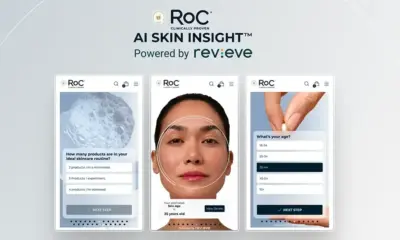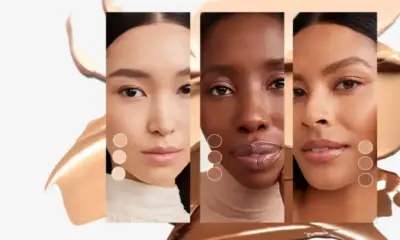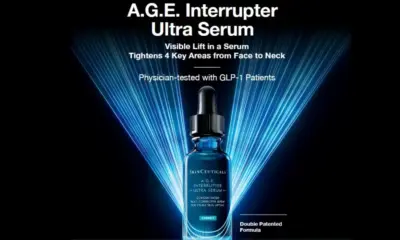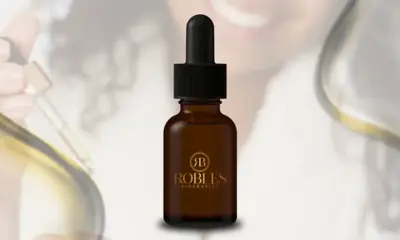Anti Ageing
L’Oréal Patents Crystallized Probiotic for Anti-Aging Skincare
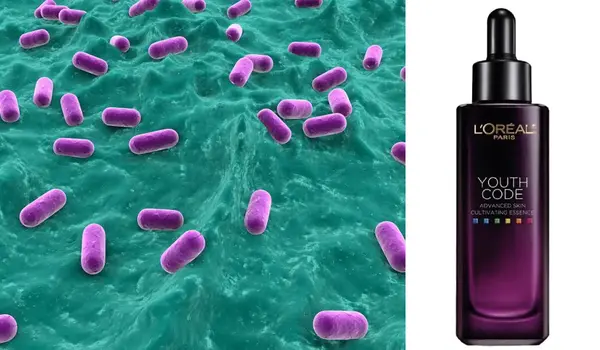
L’Oréal Patents Probiotic Skincare: A Breakthrough in Anti-Aging Innovation
Introduction: Revolutionizing Skin Health with Live Probiotics
Probiotic skincare continues to gain traction as researchers discover its impact on skin health and aging. Now, L’Oréalintroduces a patented topical formulation featuring crystallized live probiotics to improve skin appearance. This innovation builds on the rising trend of microbiome-friendly skincare. Notably, L’Oréal Patents Probiotic Skincare signifies a game-changing approach in dermatological science.
Targeting Microbiome Diversity for Younger Skin
L’Oréal developed this probiotic formulation soon after acquiring Lactobio, a microbiome research firm based in Denmark. The company aimed to address skin aging by restoring microbiome balance. According to a referenced 2022 study, aging reduces Lactobacillus levels while increasing microbiome diversity.
L’Oréal identified this diversity shift as a contributor to visible aging. Their solution: isolate and apply viable Lactobacillus to restore microbiome youthfulness. These bacteria produce beneficial metabolites and organic acids that modulate the skin microbiome directly.
L’Oréal Patents Probiotic Skincare for Reversing Aging
L’Oréal Patents Probiotic Skincare represents a major leap forward in cosmetics. Their formula showed impressive results within 28 days:
- Wrinkles and pigmentation decreased by 5%.
- Skin hydration and radiance increased by over 10%.
- Dermal density and elasticity improved measurably.
After 56 days, improvements continued, further supporting the formula’s efficacy. This approach targets the root cause of aging—microbial imbalance—not just surface symptoms.
Crystallized Probiotic Delivery: Ensuring Viability and Effectiveness
The innovation lies not only in the ingredients but also in the delivery system. L’Oréal used crystallized probiotics to ensure the microbes remain active on the skin for up to 12 hours. They selected cryoprotectants such as salts, proteins, and polysaccharides to maintain stability.
Formulations could take the form of creams, lotions, mists, or serums. Live bacteria make up 0.01% to 5% of the composition, maintaining optimal concentration without compromising stability. The viable count ranges between 1×10⁵ to 1×10⁹ CFU per gram.
Expert Opinions Confirm Scientific and Commercial Potential
Leading microbiome and cosmetic scientists have praised the innovation. Oliver Worsley, Ph.D., said this method allows metabolite production directly on the skin—a feature missing from traditional products.
Barbara Brockway, Ph.D., applauded the use of crystallization, calling it a “significant breakthrough” in microbiome delivery. She highlighted its relevance for aging skin.
Theresa Callaghan, Ph.D., emphasized the novel delivery system. She noted that crystallized probiotics enhance stability and may reduce the need for cold-chain logistics.
Challenges in Scaling Microbiome-Based Skincare
Despite promising results, commercializing such formulations remains complex. Experts point to stability, regulatory compliance, and cost as significant hurdles. Probiotics must survive production, storage, and application without losing efficacy.
Formulators must also ensure compatibility with other ingredients. Texture, fragrance, and function must align with user expectations. Still, examples like Mother Dirt prove that scalable probiotic skincare is possible.
Conclusion: L’Oréal Pioneers a Microbiome-Centered Future
With the development of crystallized probiotic skincare, L’Oréal positions itself as a leader in microbiome innovation. L’Oréal Patents Probiotic Skincare exemplifies how science can redefine beauty. This advancement opens new doors for personalized, effective, and safe anti-aging treatments.
Explore more news on this website to stay ahead in skincare innovation.





